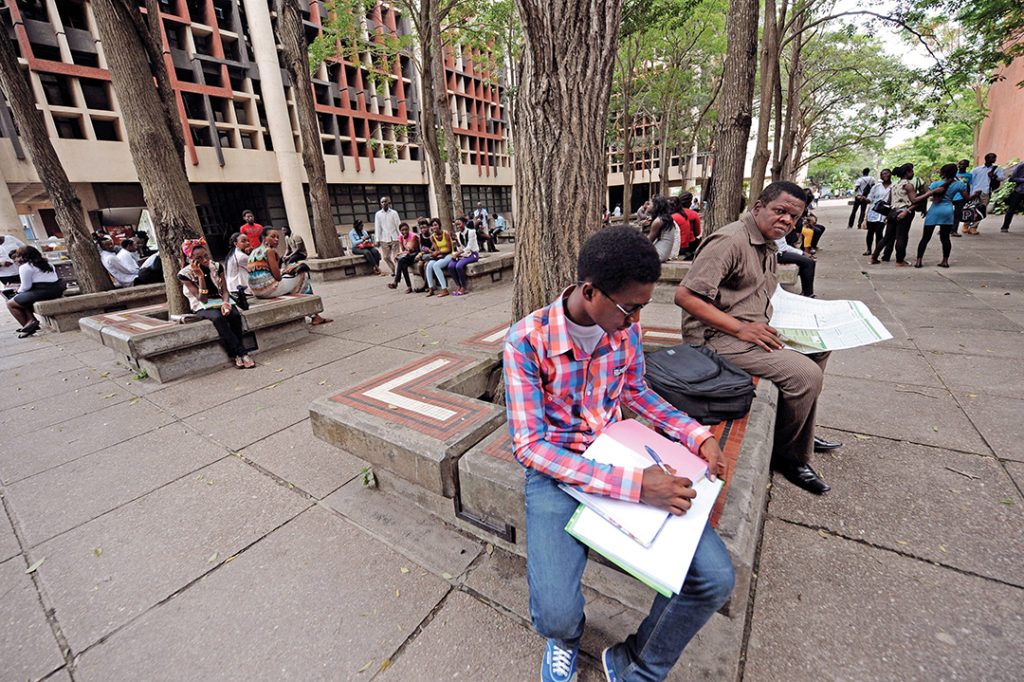MEDIA CLUB SOUTH AFRICA
Although Africa has among the lowest higher education enrollment rates in the world, the 21st century has seen huge growth in virtually all its tertiary education systems.
In Uganda, where Makerere University traditionally dominated national higher education, half a dozen public universities have opened since 1988. As a result, enrollment has grown from less than 10,000 in the 1990s to nearly 200,000 today.
In Ethiopia, Africa’s second-most-populous country, growth in higher education has been phenomenal — from two institutions in the early 1990s to the current 35.
Nigeria, with 1.7 million students, has comparable enrollment figures to Egypt, which is considered to have the highest number of postsecondary students in Africa — more than 1.8 million. South Africa with 1 million students and Ethiopia with 600,000 stand third and fourth in Africa.
The spike in enrollments started in the late 1990s, with a growing awareness of the critical role higher education plays in development. Other causes included institutional and national policies, improved access, and better funding.
Africa’s flagship universities are those established in the lead-up to and just after independence in the 1960s. Their age, size and reputation mean they are considered their countries’ leading institutions. Given their age, capacity and reputation, flagship universities also tend to be the most internationalized and advanced when it comes to institutional cooperation.
Now, some constituent members of flagship universities have broken away to form independent, fully fledged new institutions — a common phenomenon in Africa. University mergers are also becoming more common. The University of Rwanda, for instance, is one flagship that has brought several institutions together under one roof.
The total number of graduates from flagship universities in Sub-Saharan Africa is estimated at between 2.5 million and 3 million.

